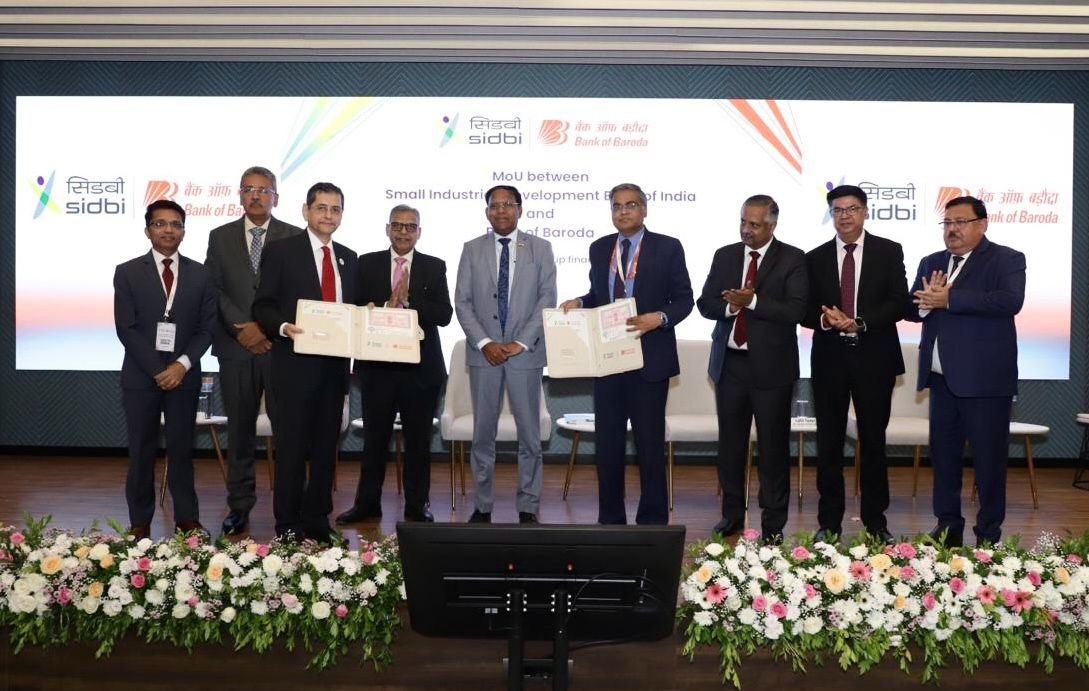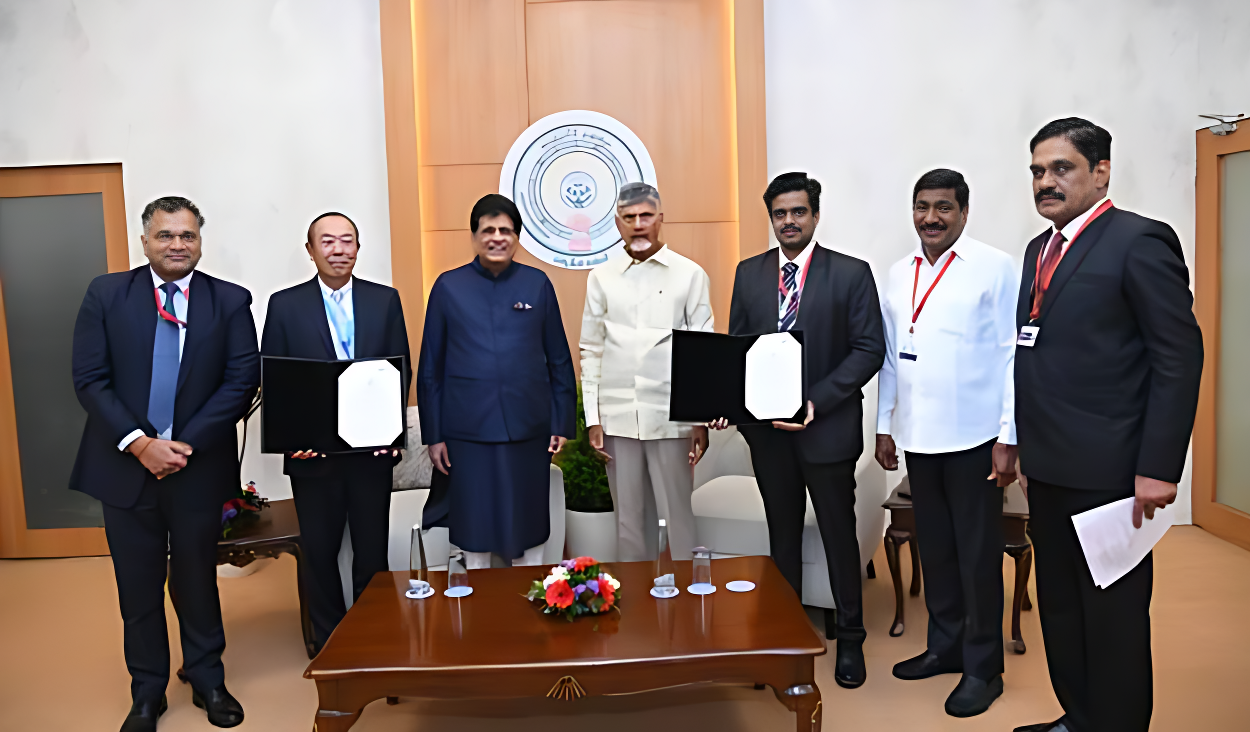Tata Capital and GCF Join Forces to Power India’s Green Startup Revolution

When we speak about India’s green transition it is often narrated through solar parks, ev policies, hydrogen missions and billion-dollar climate commitments, but behind this story there is a more difficult and often asked question: who will fund the risky, early-stage technologies that India desperately needs but traditional not supported.
This is where the most recent collaboration between Tata Capital and the Green Climate Fund (GCF) represents a sea change. Beyond the headlines of a USD 3 million grant and USD 15.85 million credit line, this project represents a larger step: India is starting to establish an institutional framework for climate finance through structured, recyclable capital rather than subsidies or corporate social responsibility.
A New Model for Climate Finance
In order to make finance more accessible to entrepreneurs who care about the environment, the partnership will provide Tata Capital with a USD 15.85 million revolving facility, the first of its kind, and an extra USD 3 million grant from GCF. One important innovation is the revolving fund structure, which ensures a continual cycle of green financing by having Tata Capital reinvest loan repayments into new businesses as companies pay back their debts. This concept creates a sustainable loop that connects generosity and revenue in addition to prolonging the fund’s lifespan.
Tata Capital has also committed USD 47.6 million of its own funds, indicating that it will institutionalize climate finance instead of viewing it as a short-term financial source. The combined goals of this blended finance mechanism are to cut over 1.1 million tonnes of CO₂ emissions, support adaptation and mitigation initiatives that will benefit approximately 2.9 million people and stimulate India’s early-stage climate innovation ecosystem.
How This Partnership Redefines Green Lending
The partnership between GCF and Tata Capital moves the emphasis to early-stage innovation, including MSMEs, climate-tech companies and micro enterprises, which require smaller ticket sizes but are seen to carry more risks. Since the USD 3 million award from GCF helps mitigate this risk, Tata Capital will be able to provide loans at reduced interest rates to businesses experimenting with innovations in precision agriculture, renewable energy, waste recycling, water conservation and low-carbon manufacturing.
Additionally, the collaboration demonstrates a more comprehensive view of sustainability finance. It fits in perfectly with the government’s larger climate objective under Mission LiFE (Lifestyle for Environment) and the Reserve Bank of India’s increasing focus on green nomenclature. By targeting the early-stage innovation gap, this project builds a missing bridge between idea and scale a stage where many Indian green ventures have historically struggled to gain loan or equity funding.
Empowering India’s Climate Startups and MSMEs
The BEACON INDIA initiative provides more than simply finance to climate-tech innovators and MSMEs in India; it also establishes credibility. Startups with a climate focus frequently lack investor support, collateral, and lengthy credit histories. Tata Capital and GCF are de-risking these kinds of endeavors through this alliance, freeing them up to concentrate on developing workable technologies that tackle practical sustainability issues.
From solar-powered irrigation and energy-efficient cooling systems to biodegradable packaging and e-mobility solutions for last-mile delivery, many of these firms are based in rural and semi-urban areas of India. Concessional financing enables them to grow from pilot initiatives into scalable businesses that can eventually draw in mainstream investors.
Furthermore, with SIDBI and TREC-STEP as key implementation partners, the programme embeds an institutional support framework that includes mentoring, technical validation, and post-financing assistance critical elements that ensure the sustainability of climate enterprises.
The Broader Impact: Building a Climate Credit Economy
The partnership marks a significant turn toward a “climate credit economy,” as experts refer to it. This method actively measures and finances carbon mitigation at the source, going beyond conventional ESG investing. Through this program, every dollar contributed leads to quantifiable results in resilience development and pollution reduction.
Tata Capital’s Managing Director & CEO, Rajiv Sabharwal, aptly described this partnership as a step toward “helping emerging entrepreneurs scale their green technologies and make a measurable difference to people and the planet.” This encapsulates the essence of modern green finance — measurable, circular, and inclusive.
The green startup scenario in India is now situated at the nexus of policy support and innovation. This model can be used as a guide for future partnerships between international climate funds and Indian financial institutions, as private capital becomes more in line with public climate goals.
From Rooftop Solar to Climate-Tech: Tata Capital’s Expanding Green Legacy
Tata Capital has previously worked with the Green Climate Fund. The company partnered with GCF to fund rooftop solar projects in 2019, making it the first private sector participant in India to do so. This move greatly advanced the uptake of distributed renewable energy. Tata Capital is broadening its effect scope from energy generation to innovation incubation with this second partnership, in addition to reaffirming its leadership in sustainable finance.
Tata Capital’s transformation from financier to ecosystem enabler is noteworthy. It is contributing to the development of the next generation of climate champions in India, from clean-tech pioneers to circular economy enterprises, by fusing green finance with entrepreneurial assistance.
What Lies Ahead
More than just a fund, the BEACON INDIA program is a shift in perspective. It demonstrates how private capital and development finance may work together to deliver scalable climate resilience solutions. This approach can encourage other financial institutions to implement comparable arrangements in a variety of industries, such as waste-to-energy and green transportation, as repayment cycles replenish capital available.
Trillions of dollars in climate finance will be needed over the next few decades to meet India’s promise to reaching net-zero emissions by 2070. To show how targeted, blended, and revolving funding can make that ambition attainable and inclusive, collaborations such as Tata Capital–GCF are essential.
Large renewable projects alone will not pave India’s way to climate leadership; millions of entrepreneurs and small businesses developing sustainable solutions across industries will. By providing them with financial support, Tata Capital and GCF have demonstrated that the green transition can be both successful and people-focused, two qualities that may define India’s future economic development.











